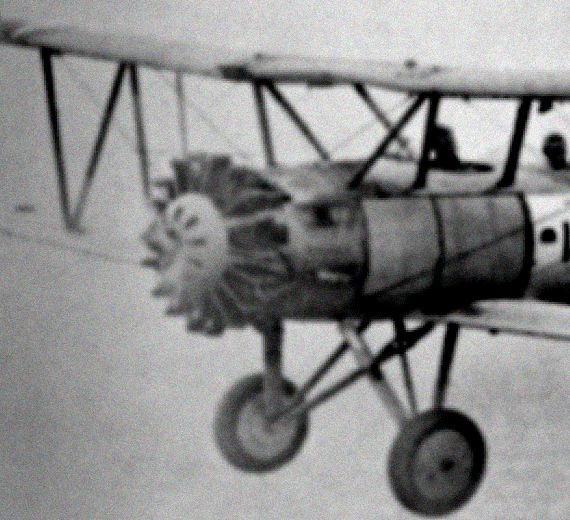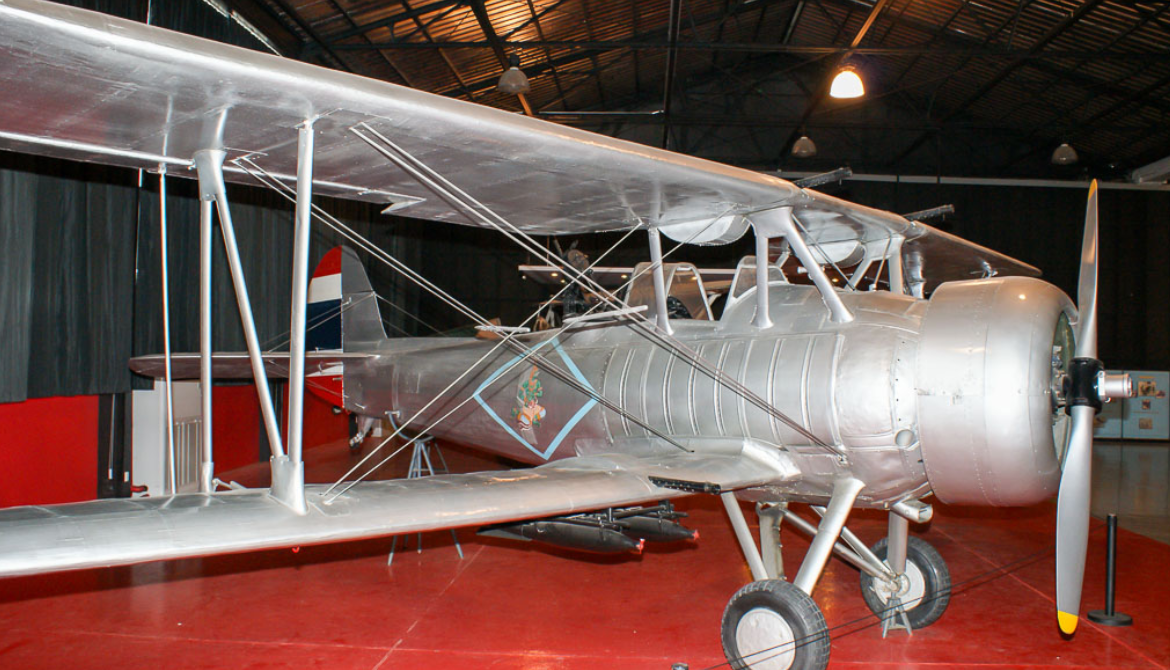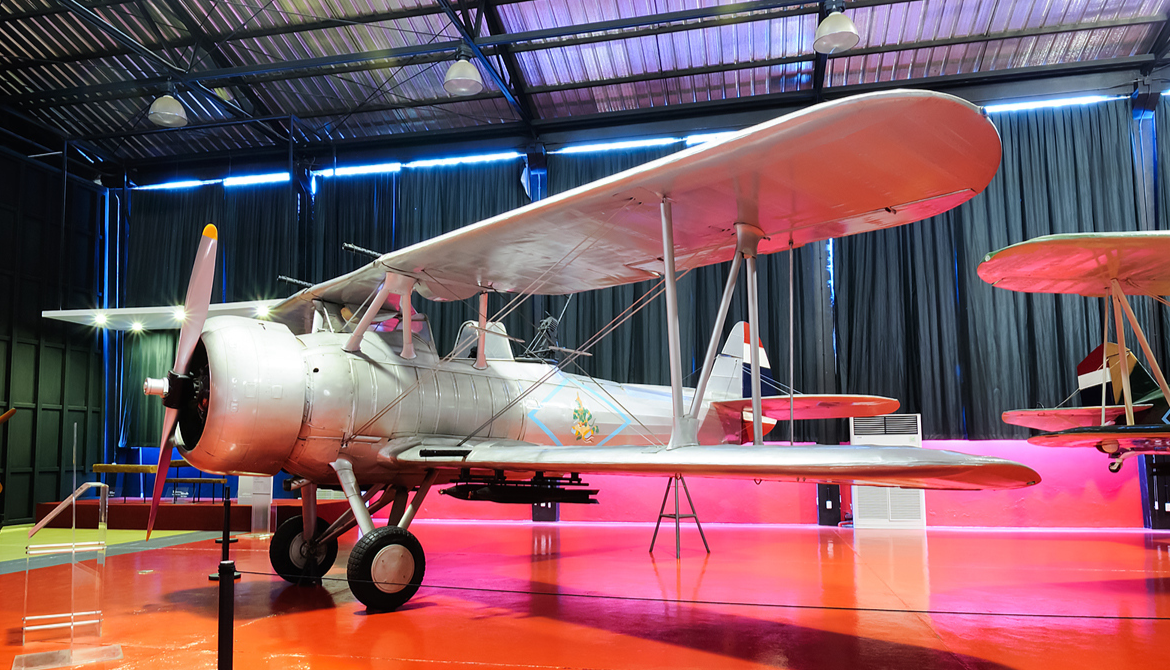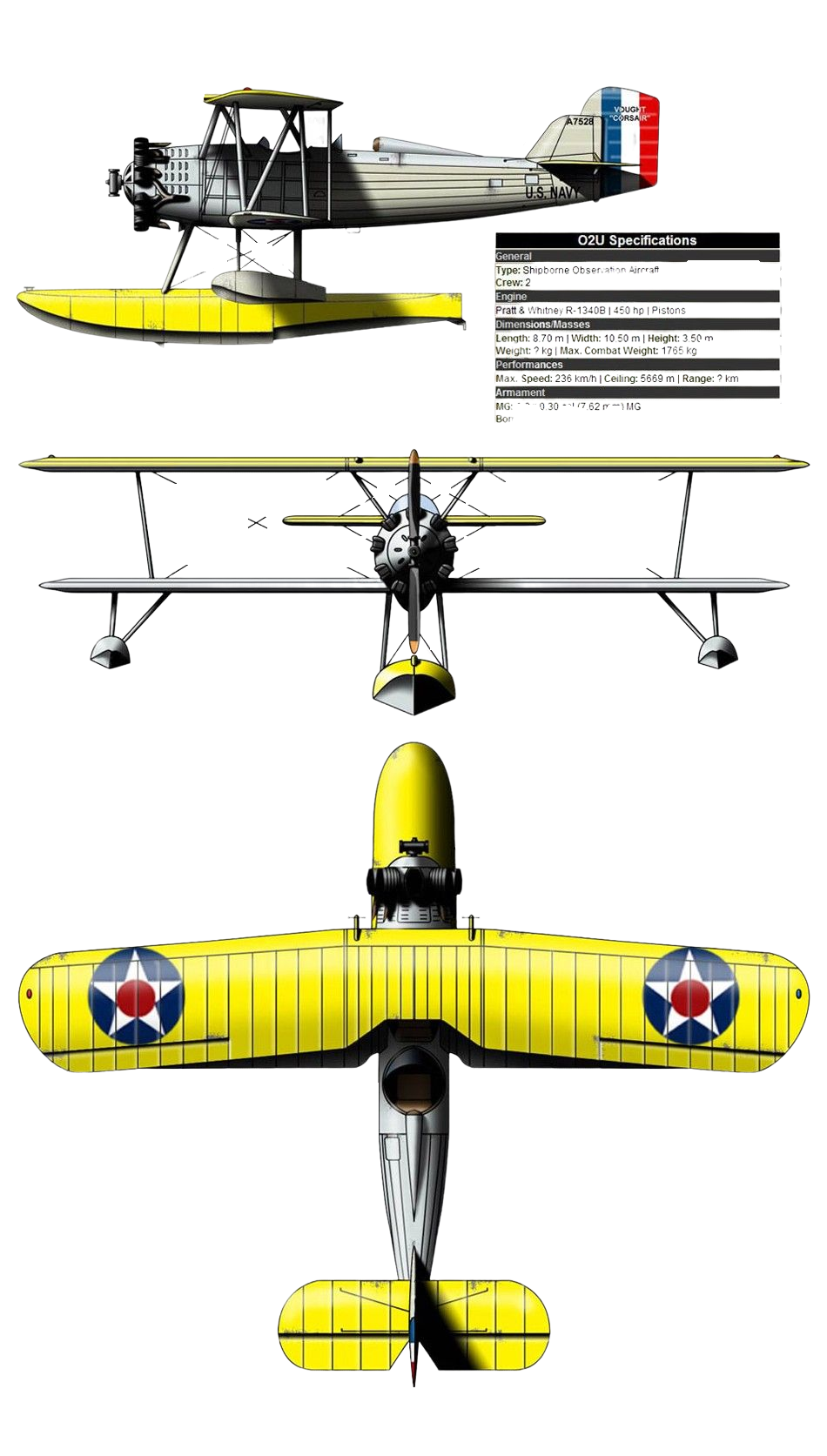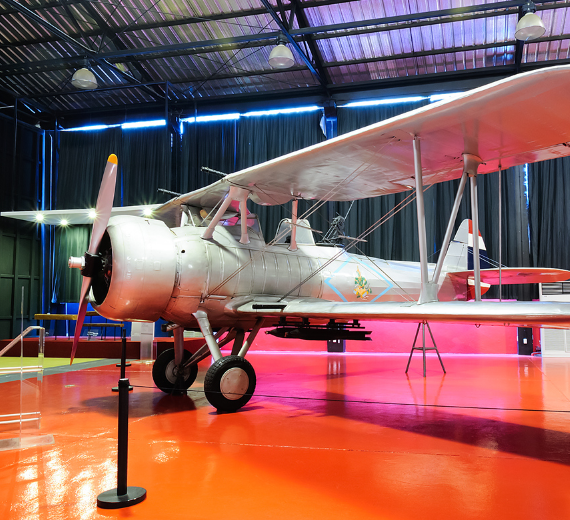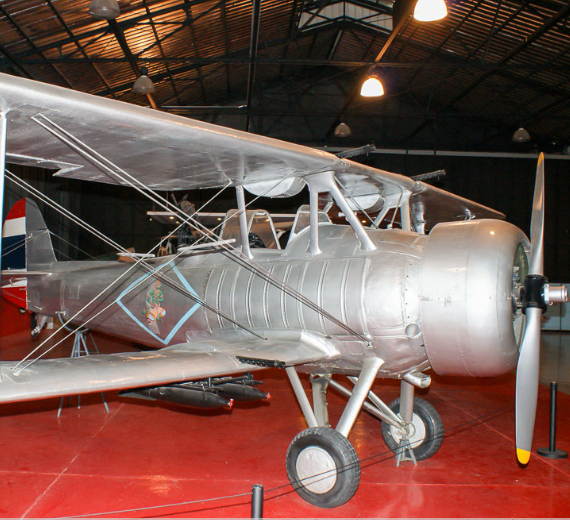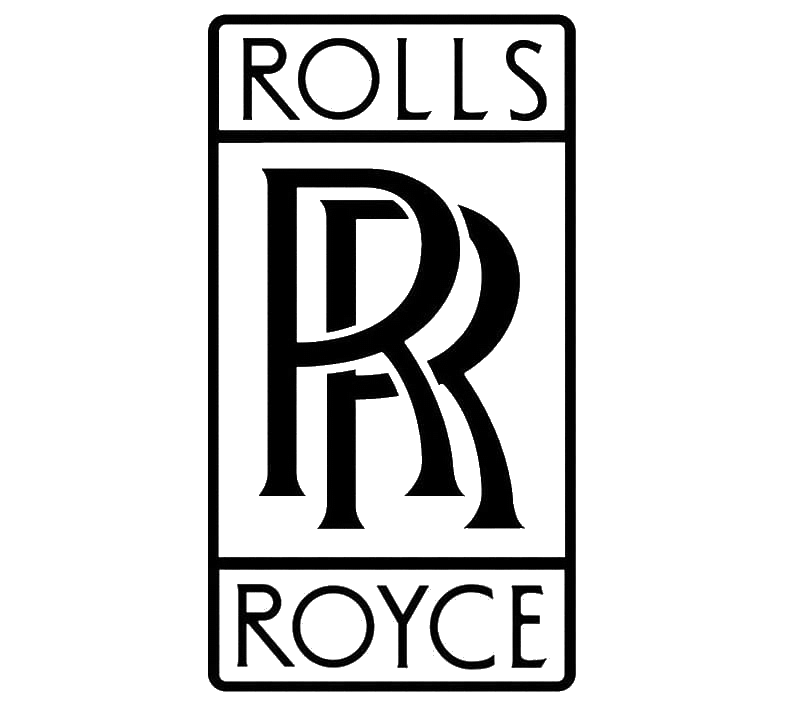.
History Ling-Temco-Vought
O2U Corsair
 The Vought O2U Corsair was a 1920s biplane scout and observation aircraft. Developed by Vought Corporation, the O2U was ordered by the United States Navy (USN) in 1927. Powered by a 400 hp (298 kW) Pratt & Whitney R-1340 engine, it incorporated a steel-tube fuselage structure and a wood wing structure with fabric covering. Many were seaplanes or amphibians.
The Vought O2U Corsair was a 1920s biplane scout and observation aircraft. Developed by Vought Corporation, the O2U was ordered by the United States Navy (USN) in 1927. Powered by a 400 hp (298 kW) Pratt & Whitney R-1340 engine, it incorporated a steel-tube fuselage structure and a wood wing structure with fabric covering. Many were seaplanes or amphibians.
Two prototypes were ordered in 1926 and tested by the Navy Trial Board before the first production batches were ordered. In 1927, a total of 291 O2Us were produced. The O2U-2, -3 and -4 were ordered in 1928 with minor changes. By 1930 they were being superseded by the O3U which was basically similar to the O2U-4, one variant of which was fitted with the Grumman float, and were manufactured until 1936. A total of 289 were built. Many of them had cowled engines and some had enclosed cockpits.
Export versions included the Corsair V-65F, V-66F and V-80F for the Argentine Navy, the V-80P for the Peruvian Air Force, and the V-85G for Germany. China purchased Corsair variants V-65C and V-92C. Brazil purchased 36 aircraft V-65B, some hydroplanes V-66B and 15 V-65F.
In March 1929, Mexico purchased 12 armed aircraft O2U-2M versions with the 400 hp (300 kW) Wasp engine to quell a military coup; Mexico then built 31 more units under licence, and called them Corsarios Azcárate O2U-4A. In 1937, Mexico purchased 10 V-99M equipped with the Pratt & Whitney R-1340-T1H-1 550 hp Wasp engine, some of them may have been sent to Spain.
China purchased the 42 export versions of O2U-1 from 1929 to 1933, and 21 export versions of O3U between 1933 and 1934 and they saw extensive bombing actions. The O2U-1 versions participated in the Central Plains War and in the January 28 Incident against Japanese targets, while the O3U versions first participated in the Battle of Pingxingguan to support the Chinese ground forces, and later against the Japanese targets in Shanghai0
KmCeiling
0
KmCombat RANGE
0
Km/hAircraft Speed
0
Max Crew
Photo Gallery
Ling-Temco-Vought
O2U Corsair


Ling-Temco-Vought
O2U Corsair
General Info
-
-
- Crew: Two
- Capacity: 500 lb (227 kg)
- Length: 27 ft 5.5 in (8.37 m)
- Wingspan: 36 ft 0 in (10.97 m)
- Height: 11 ft 4 in (3.45 m)
-
Powerplant
-
- Wing area: 337 sq ft (31.31 m2)
- Empty weight: 3,312 lb (1,502 kg)
- Max takeoff weight: (2,161 kg)
- Powerplant: 1 × Pratt & Whitney R-1690-42 Hornet radial, 600 hp (447 kW)
-
Performance
- Maximum speed: 167 mph (269 km/h, 145 kn) at sea level
- Range: 680 mi (1,094 km, 591 nmi)
- Service ceiling: 18,600 ft (5,670 m)
- Power/mass: 0.13lb/hp (0.21 kW/kg)
Armament
- Guns: 3x .30 cal (7.62 mm) Browning machine guns, two forward firing in upper wing and one on a trainable mount in rear cockpit
- Bombs: 4x 116 lb (53 kg) or 10 30 lb (14 kg) bombs under lower wings
.
Links to Youtube & Others
The most famous "combat" operation of this aircraft was shooting the original King Kong off of the Empire State Building.[citation needed] The name "Corsair" was used several times by Vought's planes; the O2U, Vought SBU Corsair in 1933, F4U in 1938, and the A-7 Corsair II in 1963.
Ling-Temco-Vought
O2U Corsair
China purchased the 42 export versions of O2U-1 from 1929 to 1933, and 21 export versions of O3U between 1933 and 1934 and they saw extensive bombing actions.
Youtube Link
Export versions included the Corsair V-65F, V-66F and V-80F for the Argentine Navy, the V-80P for the Peruvian Air Force, and the V-85G for Germany.

